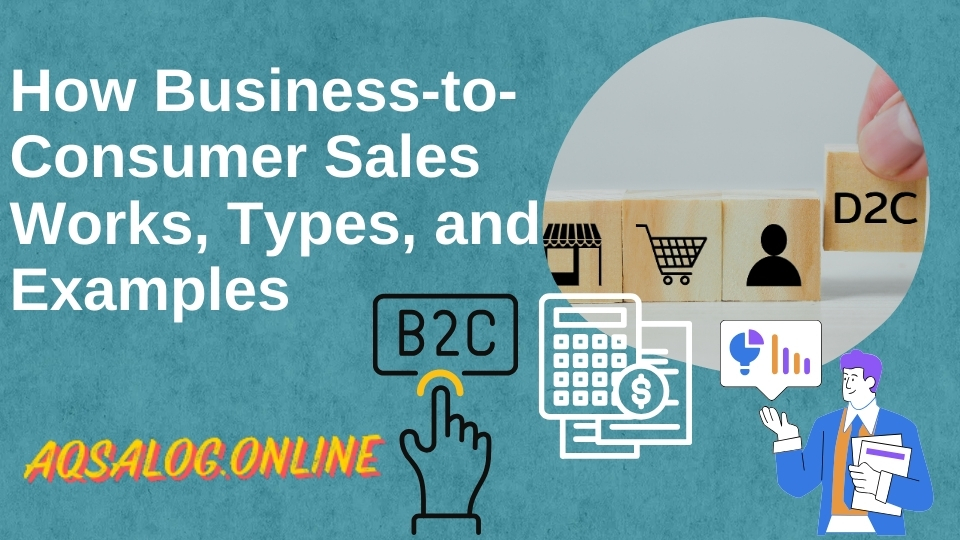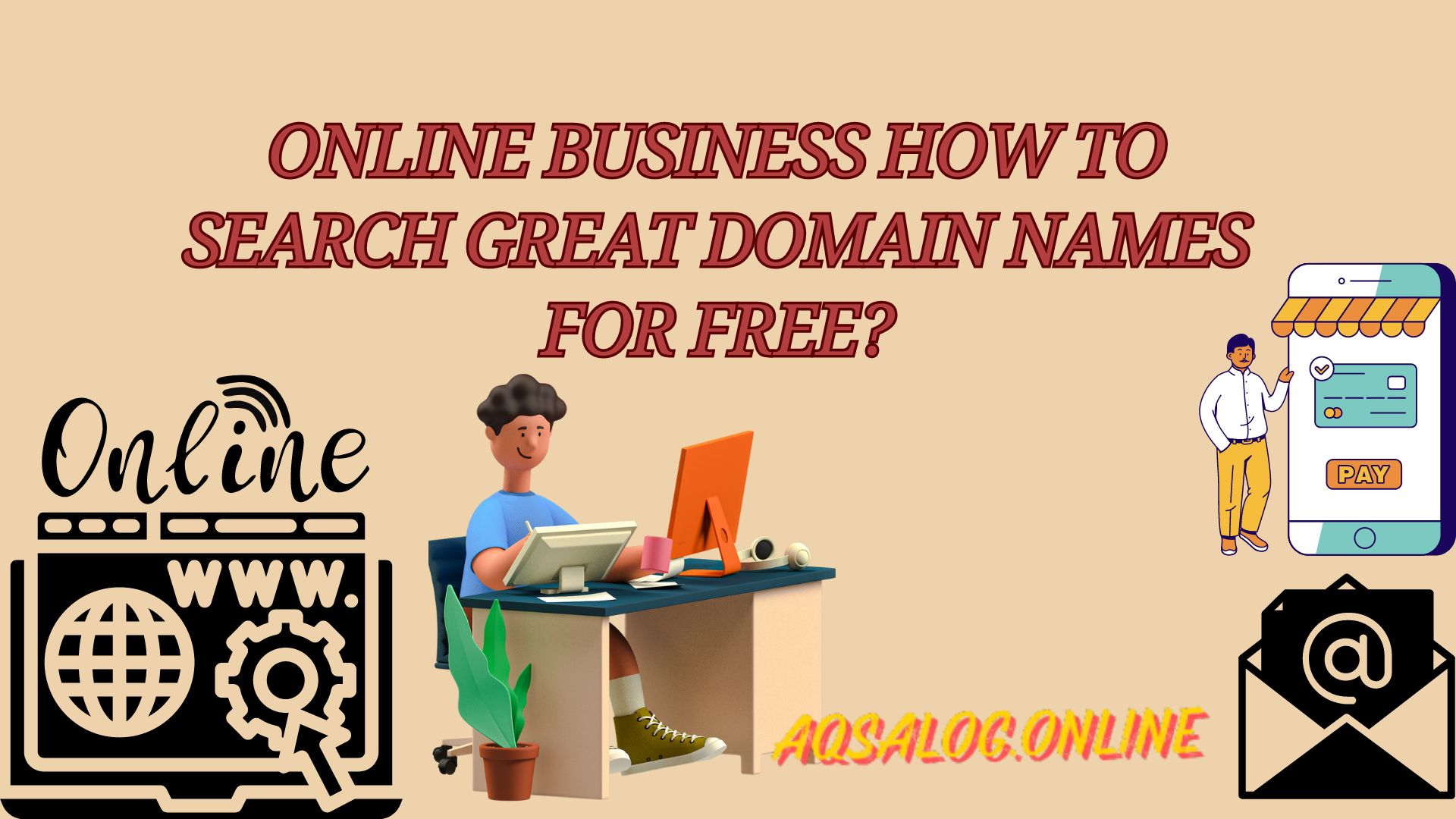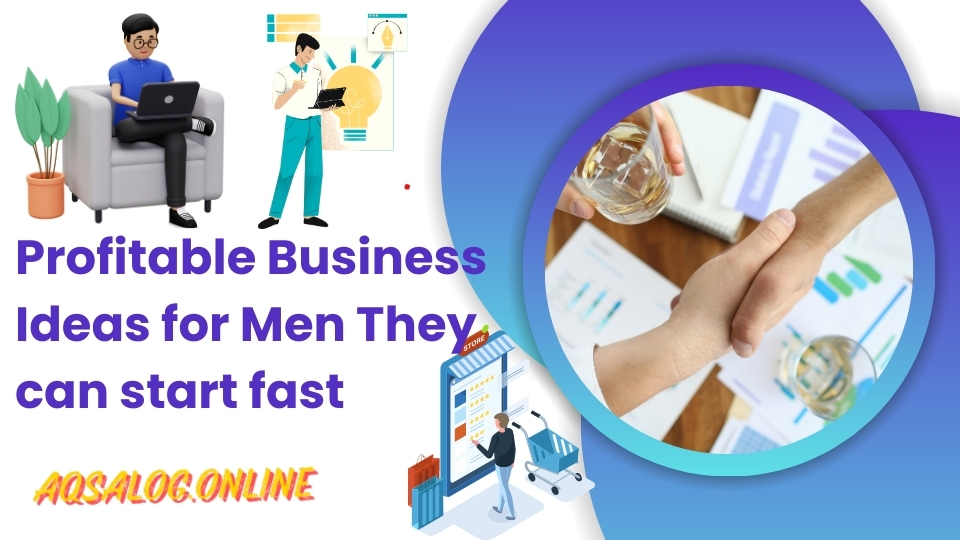Business-to-consumer (B2C) sales refer to dealings between businesses and individual consumers. This model contrasts with Business-to-Business (B2B) sales, which involve transactions between firms. B2C sales are characterized by a direct relationship between the company and the end-user, typically facilitated through retail, e-commerce, and service-based industries.
1 How Business-to-Consumer, Critical Components of B2C Sales.
- Target Audience. B2C businesses focus on individual consumers rather than other companies. They tailor their marketing strategies to attract a broad audience or a specific demographic.
- Sales Channels. These can include physical stores, online platforms, direct mail, telemarketing, and, more recently, social media.
- Customer Experience. Enhancing the customer experience through personalized marketing, user-friendly interfaces, and efficient customer service is critical to B2C sales.
- Payment Methods. B2C transactions usually involve payment methods like credit cards, digital wallets, and other instant payment options.
1 How Business-to-Consumer, B2C Sales Process.
- Marketing. Effective B2C sales begin with marketing strategies to attract potential customers. This includes digital marketing (SEO, social media, email campaigns) and traditional marketing (TV, radio, print ads).
- Customer Engagement. Engaging with customers through various touchpoints—websites, social media, physical stores—is crucial. Personalized experiences and direct communication can help in building a loyal customer base.
- Conversion. The goal is to convert interested prospects into paying customers. This involves persuasive sales tactics, offering promotions, and an easy and secure purchasing process.
- Post-Sale Service. Follow-up services, customer support, and fostering long-term relationships through loyalty programs and regular communication are vital for retaining customers.
2 Types of B2C Sales.
- Direct Sellers. These businesses sell their products to consumers through branded stores or websites. Examples include Apple and Nike.
- Online Retailers. These businesses operate primarily online, offering various products through e-commerce platforms. Examples include Amazon and Alibaba.
- Intermediaries. These businesses, such as eBay and Etsy marketplaces, facilitate sellers’ and buyers’ sales.
- Advertising-Based. These companies offer free services or content to consumers while generating revenue through advertising. Examples include Google and Facebook.
- Community-Based. These platforms build communities around shared interests and monetize through advertisements and membership fees. Examples include Reddit and LinkedIn.
- Fee-Based. These businesses offer products or services for a subscription fee. Examples include Netflix and Spotify.
3 Examples of B2C Sales.
- Amazon. is a quintessential example of an online retailer. It offers many products through its platform, combining direct sales with third-party seller transactions and offering an extensive selection to consumers globally. Amazon’s Prime membership also illustrates a successful fee-based model within the B2C space.
-
Apple. Apple operates through direct selling, both online and in physical stores. It creates a seamless customer experience, emphasizing brand loyalty and high-quality products. Apple’s marketing strategies and product launches are designed to generate excitement and drive sales among individual consumers.
- Netflix. Netflix represents the fee-based B2C model, offering a subscription service for streaming movies and TV shows. Its success lies in its ability to continuously provide high-quality content that meets the diverse tastes of its global audience.
- Facebook’s advertising-based model drives its B2C sales. It offers free services to users while generating revenue through targeted advertising. The platform’s ability to attract billions of users makes it an attractive choice for advertisers looking to reach individual consumers.
- Nike. Nike uses a combination of direct selling and intermediary methods. It sells products through its branded stores and website while distributing through various retail partners. Nike’ss strong brand presence and marketing strategies are critical to its B2C sales success.
4 How Business-to-Consumer, Challenges and Trends in B2C Sales.
Challenges.
- Competition. The B2C market is highly competitive, with multiple businesses vying for consumer attention and dedication.
- Customer Retention. Retaining customers in a market where numerous alternatives are available can be difficult. Businesses must constantly innovate and provide superior customer experiences.
- Digital Transformation. The shift towards digital channels requires businesses to invest in technology and adapt their sales strategies accordingly.
Trends.
- Personalization. Leveraging data to provide personalized shopping experiences is becoming increasingly crucial in B2C sales. Businesses use data analytics and AI to understand customer preferences and tailor their offerings.
- Omnichannel Strategies. A growing trend is integrating multiple sales channels to provide a seamless customer experience. This includes combining online and offline sales efforts.
- Sustainability. Consumers are becoming more conscious of environmental impacts, prompting businesses to adopt sustainable practices and offer eco-friendly products.
Conclusion.
B2C sales are crucial for the global economy as they are driven by the need to meet individual consumer demands. The effectiveness of B2C sales strategies depends on understanding consumer behaviour, utilizing multiple sales channels, and continually innovating to stay ahead of the competition. Successful B2C companies, such as tech giants like Apple and streaming services like Netflix, demonstrate how businesses can engage with consumers and boost sales. As trends like personalization and omnichannel strategies continue to evolve, the future of B2C sales promises to be dynamic and consumer-centric.



